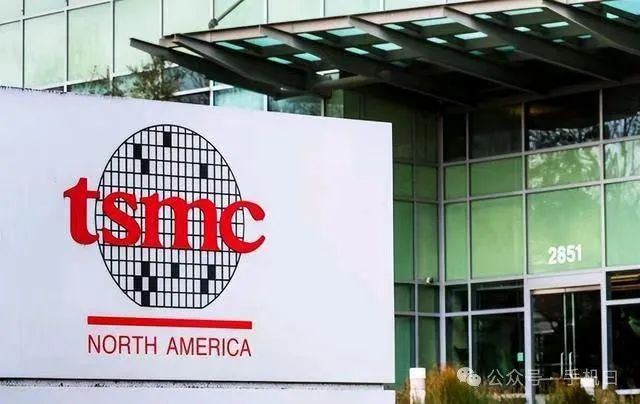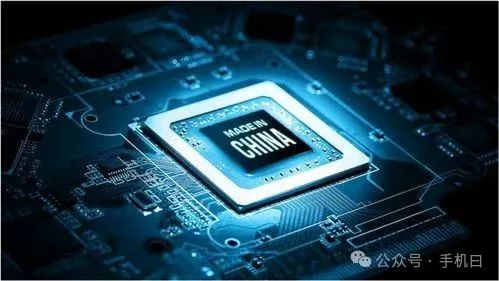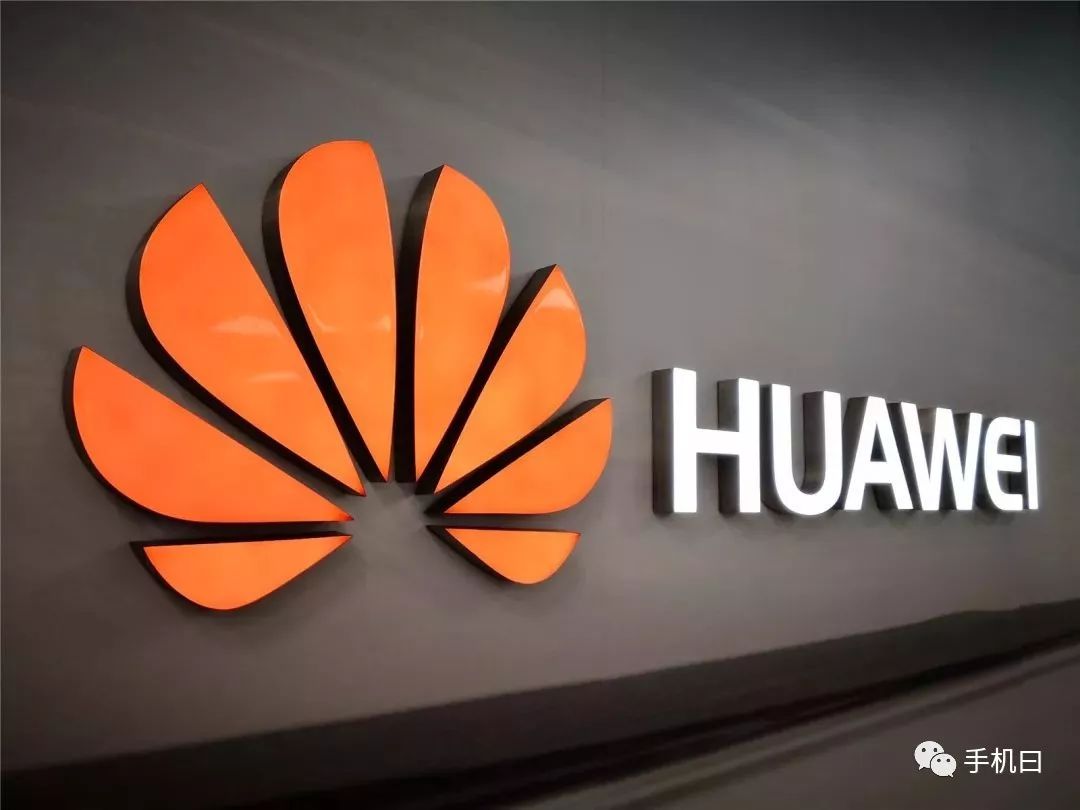
Before reading this article, please click the blue text above“Mobile Daily”, then click“Follow”, so you can continue to receive the latest articles for free. Daily shares are available.It’s completely free to subscribe, please follow in time
Recently, tech news has left many netizens confused—TSMC’s heavy investment in 2nm technology has suddenly been rejected by Apple and Qualcomm.

The iPhone 17, originally scheduled to adopt 2nm chips in 2025, may continue to use 3nm chips, and there are rumors that the Android camp is also planning to collectively “jump ship”.
Is this chip arms race, which has been hyped for three years, about to end before it even starts?
Looking at TSMC’s newly arrived High-NA EUV lithography machine, the factory heads probably aren’t smiling. This “money-eating beast” worth 2.3 billion RMB incurs daily operating costs equivalent to a house in Beijing’s third ring road.

Even more disheartening is that the yield rate of the 2nm chips produced with this treasure is stuck at 60% and refuses to budge. Yet TSMC continues to push forward, as they understand the wealth code: “the more advanced the process, the higher the price”—3nm wafers are priced at $20,000, while 2nm skyrockets to $30,000, a price increase more shocking than housing prices in Shenzhen.
Manufacturers have finally realized: spending exorbitant amounts to upgrade to 2nm is simply not appealing to consumers! Actual test data shows that the performance increase from 3nm compared to 5nm is only 11%, and users hardly feel any difference in daily use.
It’s like installing a rocket engine on an electric vehicle; it adds cost without any meaningful benefit. Even more astonishing is Huawei’s Kirin 9020, which uses an improved 14nm process to compete with 5nm flagship chips, paired with HarmonyOS to make a strong comeback in the high-end market. This counterattack has exposed the industry’s emperor’s new clothes—what users want is a smooth experience, not just a nanometer number.
Behind this farce lies a harsh truth: it’s not that technology has reached its peak, but that the market is unwilling to pay.
Back in the day, 28nm processes could last five years, but now 3nm is being dismissed after just two years. Wafer fabs are trying to sell the same process with a different FinFET structure as a new technology, a trick that even the vegetable vendor next door can see through.
As one netizen lamented: “In the past, you bought a phone and got a chip for free; now you have to buy a chip to get a phone.”

While TSMC and Samsung are still caught up in the nanometer numbers, real change has already occurred elsewhere.
Huawei, in collaboration with SMIC, has developed a “super-threading” 7nm process that optimizes architecture to double chip performance; Tesla’s vehicle chips use mature processes for distributed computing, resulting in more stable and energy-efficient performance.
These “non-mainstream” routes reveal a new track: rather than bungee jumping on the edge of the 1nm cliff, it’s better to go back and fully exploit mature processes.

This chip war teaches us a lesson: the endpoint of technological competition is not laboratory parameters, but the consumer’s pocket.
Just like Nokia’s obsession with cracking walnuts while smartphones redefined the phone.
The next game-changer may be brewing a disruption with “backward” technology.